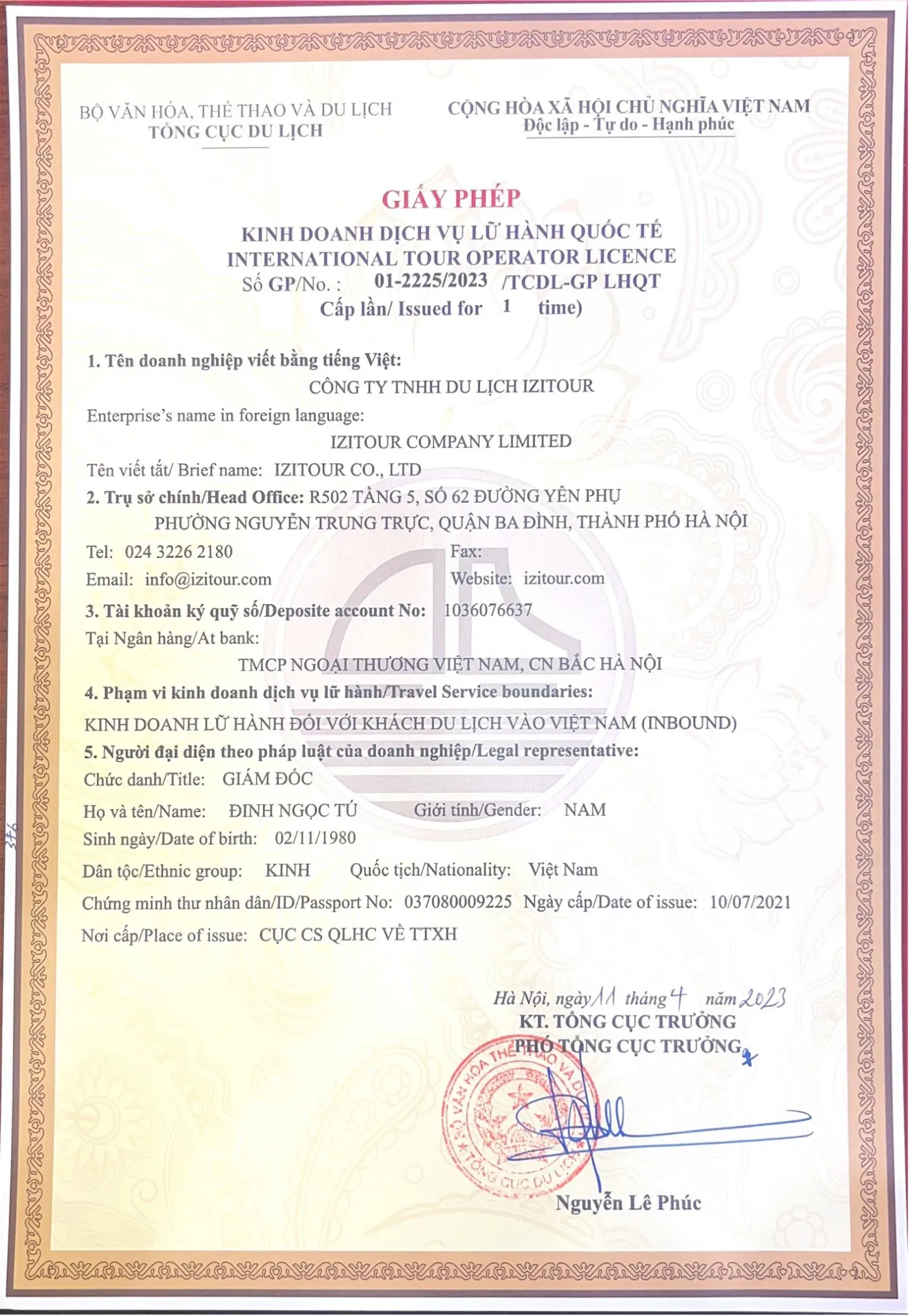The tunnel system is one of the must-see attractions that showcases Vietnam’s historical significance, fighting spirit, and military strategy. Throughout the country, there are many hidden tunnels to explore. In this article, we will learn about the Cu Chi Tunnels and the Vinh Moc Tunnels - two of the most famous and representative tunnel systems in Vietnam.
1. About military tunnels in Vietnam
According to the Military Encyclopedia of Vietnam, tunnels in Vietnam are underground structures built in hard, stable soil where the water table is low. They typically have narrow entrances but long main routes and branches - sometimes spanning multiple levels - and often lack roofs or walls. Their primary purpose is to conceal weapons and food, and to host secret meetings for planning strategies and disseminating party directives.
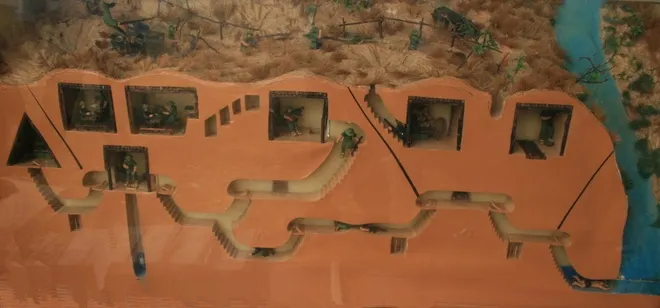
Vietnam experienced two wars of resistance: one against the French colonialists and another against the American imperialists - two of the most powerful military forces of their time. To avoid enemy bombs and bullets, hide troops, preserve strength, and launch counterattacks, many regions were forced to construct tunnel systems. These tunnels played a highly significant historical role, representing a unique and creative aspect of Vietnam’s military strategy. They truly became a source of fear for invading forces and their collaborators.
2. Cu Chi Tunnels
Introduction
The Cu Chi Tunnels are an underground defense system located in Cu Chi, about 70 kilometers northwest of Ho Chi Minh downtown. Situated at the final section of the Ho Chi Minh Trail, the area is recognized as the “land of steel” for its resilience and endurance during repeated American attacks.
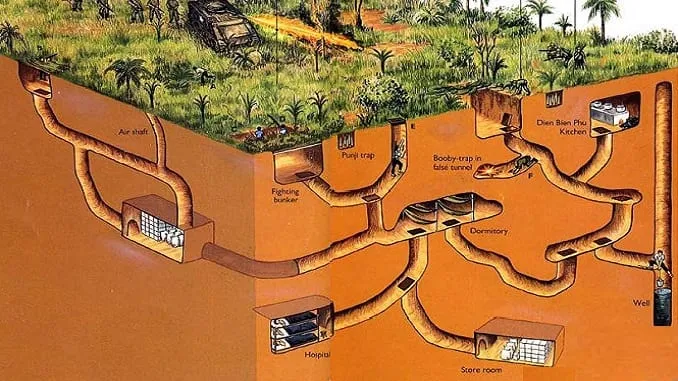
The tunnel system was excavated by the Viet Minh Resistance and later expanded by the National Front for the Liberation of South Vietnam. It includes a clinic, numerous rooms, a kitchen, a meeting room, and an extensive underground network stretching approximately 250 kilometers. The tunnels are equipped with ventilation systems hidden in bushes, shafts, and multiple exits designed for emergency evacuation.
The Cu Chi Tunnels have 3 main levels at different depths. The top layer is about 3 meters below the ground, the middle layer is approximately 5 to 8 meters deep, and the bottom layer reaches a depth of around 12 meters. Over time, the tunnels evolved from simple shelters into fully functional living spaces, complete with medical stations, meeting areas, and weapons storage.
The tunnel ceilings are quite low, just high enough for a person to pass through while crouching. In some sections, individuals even have to crawl to move forward.
Historical significance
The Cu Chi Tunnels are a complex network of individual tunnels located throughout the district. The first sections were constructed in the late 1940s to hide soldiers, documents, and weapons during the Indochina War, when French forces were still active in Vietnam.

At first, local residents dug individual basements to avoid French raids. Later, each village began constructing its own tunnel. As the need for movement between villages grew, these tunnels were gradually connected, forming a complex and continuous underground system. This network eventually expanded to include a large area in the northern part of Cu Chi.
Between 1961 and 1965, the Cu Chi tunnel complex was largely completed, with a main backbone route stretching over 200 kilometers. In addition, minefields, nail pits, and various traps were installed above the tunnels, creating a formidable battlefield for guerrilla warfare.
How to arrange an excursion to Cu Chi tunnels?
Due to its historical significance and vast size, visiting the Cu Chi Tunnels typically takes about half a day. There are two main entrances where visitors can begin their tours: Ben Dinh and Ben Duoc.
To make the most of your time, you can combine a visit to the Cu Chi Tunnels with a trip to the Cao Dai Temple, the center of a unique indigenous religion in Vietnam. Both sites are located to the northwest of Ho Chi Minh City.
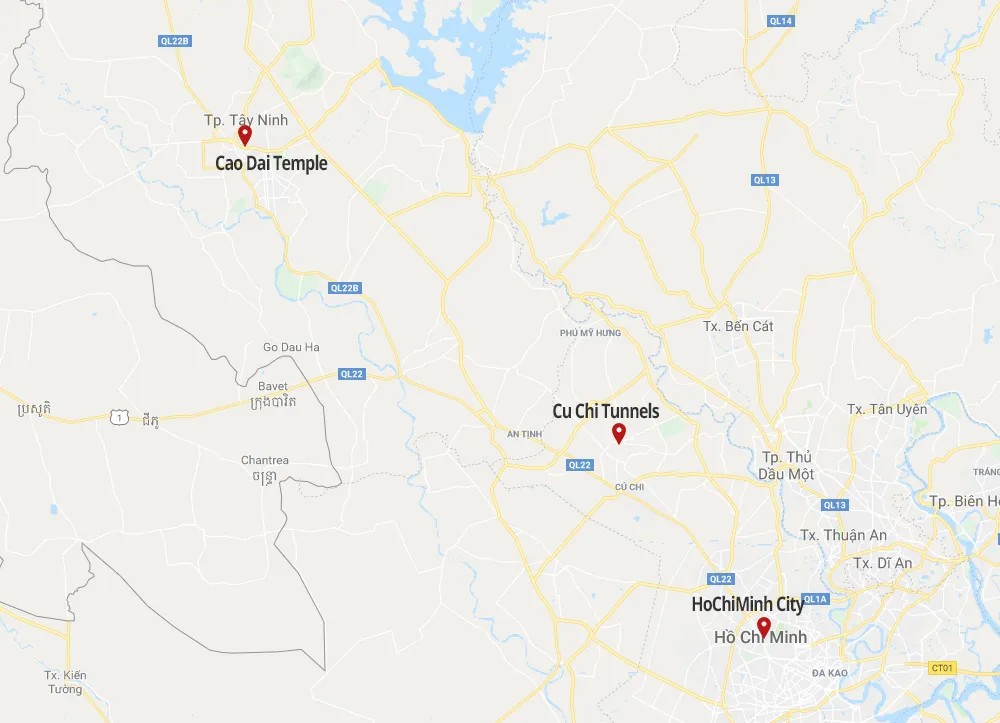
To learn more about the detailed itinerary and the exact price of a private excursion, depending on the number of participants in your group, please refer to the following link: Excursion to Cu Chi Tunnels and Cao Dai Temple
You can also combine a morning tour of the Cu Chi Tunnels with an afternoon exploring the vibrant city of Ho Chi Minh. Be sure to check the opening hours of the tourist sites in advance to avoid missing any must-see stops.
>> See more: Cu Chi Tunnel Tour - half day
3. Vinh Moc Tunnels
Introduction
The Vinh Moc Tunnels are an extraordinary feat of engineering built by the people of Vinh Linh, in Quang Tri Province. Located along the famous 17th parallel on the northern bank of the Ben Hai River, Vinh Linh was one of the most heavily bombed areas by American forces. Between 1965 and 1972, it is estimated that this small area of just 820 km2 endured over 7,000 tons of bombs and artillery. In response, and following the Party’s directive that no one was to abandon the country and that each village should become a fortress, the local people dug the Vinh Moc Tunnels to protect themselves from relentless airstrikes. At that time, the most advanced tool available to them was only a simple compass. Despite this, they managed to create an underground masterpiece using only basic hand tools.
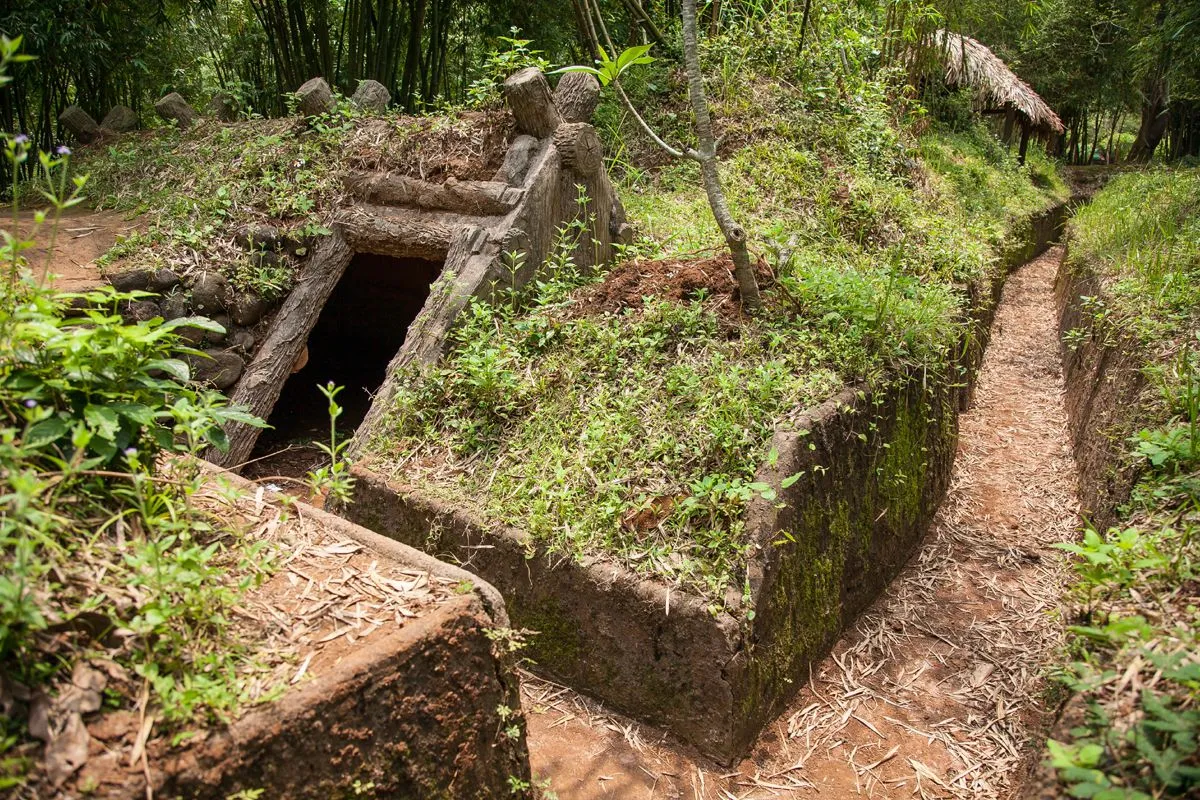
The tunnel was dug into red basalt soil in 1965 and was completed two years later, in 1967. It stretches over 1,700 meters in length and ranges from 1.2 to 1.8 meters in height. Every 4 meters, there is a small family compartment measuring 0.8 meters wide and 1.8 meters deep, designed to accommodate up to four people.
The tunnel system consists of 3 levels. The first level is 12 meters deep and was used for combat and hiding. The second level, at a depth of 15 meters, served as living quarters. The third level, 23 meters deep, was used to store food and weapons.
The entire Vinh Moc tunnel network has 13 entrances to the outside, seven facing the sea and six leading to the hills. Each entrance also functions as a ventilation shaft.
Historical significance
The Vinh Moc Tunnels functioned like an underground village, complete with essential facilities: individual living spaces for families, a clinic, three wells, a meeting room, and storage areas for food and weapons. Over nearly 2,000 days, the tunnels at times provided a safe haven for up to 1,200 people. Remarkably, 17 children were born in the darkness of the tunnels without a single casualty. As such, the Vinh Moc Tunnels are considered a solid fortress, built through blood, sweat, and tears, that symbolizes the resilience and unwavering will of the Vietnamese people.
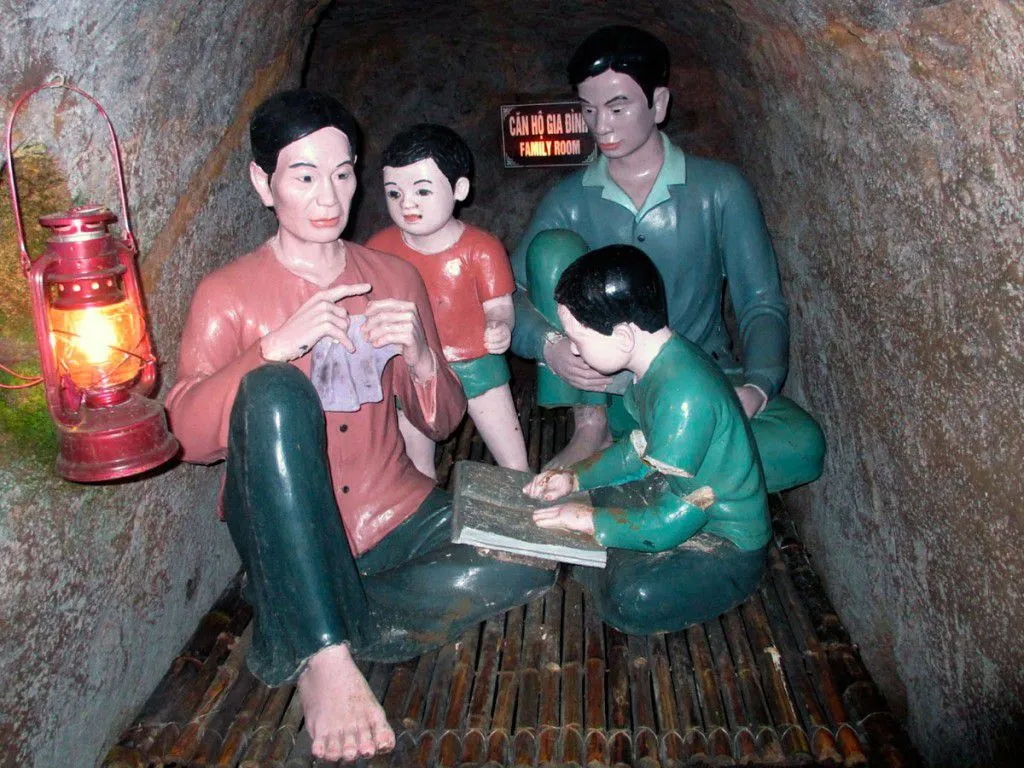
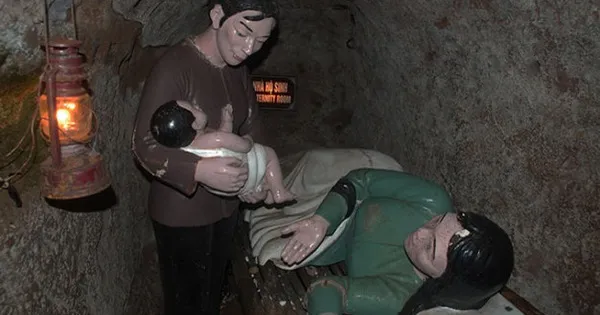
Over time, Vinh Moc Tunnels have become both a historical landmark and a tourist destination, offering visitors a chance to explore a heroic chapter in Vietnam’s history.
How to arrange an excursion to Vinh Moc tunnels?
The Vinh Moc Tunnels are part of the Demilitarized Zone (DMZ) in Quang Tri Province, which also includes several significant military historical sites such as the Ben Hai River, Hien Luong Bridge, and Truong Son Cemetery.
Once visitors arrive in Quang Tri, this area is a must-visit to explore a somber chapter in Vietnamese history and to witness the courage and resilience of its people.
>> See more: DMZ tour from Hue
You can combine this trip with a drop-off in Phong Nha to visit its enchanting caves, which have been recognized by Lonely Planet as some Natural Wonders of Vietnam.
>> See more: Quang Tri and Quang Binh tour in 3 days
4. Choosing to visit Cu Chi tunnels or Vinh moc tunnels
Deciding whether to visit the Cu Chi Tunnels or the Vinh Moc Tunnels is a common question we receive from our clients. Both are must-see historical sites for anyone interested in Vietnam history.
Therefore, we have listed some aspects, on which you can better evaluate:
Climate situation
This is one of the most important factors to consider when deciding to visit Vietnam’s tunnels. Since the tunnels were typically built in earthen ground, rainfall can affect your visit. Depending on the time of year, you may choose to visit either the Cu Chi Tunnels or the Vinh Moc Tunnels.
October to April is the best time to visit the Cu Chi Tunnels, as this is the dry season in southern Vietnam with little rainfall. Your visit will be more enjoyable with clear blue skies and sunshine, guided by staff dressed in Vietnamese military uniforms or the traditional ao ba ba with a khan ran - both iconic of the southern region.
Instead, the ideal time to visit the Vinh Moc Tunnels is from January to May. From June to August, the heat can be extremely stifling, with temperatures reaching up to 40°C (104°F). From September through December, central Vietnam is affected by northern winds that bring heavy rainfall - this is the region’s rainy season. Therefore, we recommend avoiding this period if you plan to visit the Vinh Moc Tunnels.
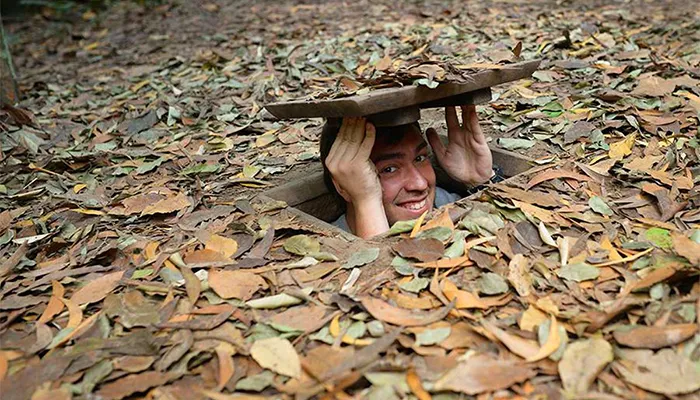
Itinerary and list of places to go
You definitely shouldn't come to Vietnam just to visit only the Vinh Moc Tunnels or the Cu Chi Tunnels. If your time is limited, we recommend carefully reviewing the length of your stay and the destinations you want to see.
For example, if you have only 10 days and plan to explore the entire country, it may be difficult to fit in a visit to both Vinh Moc Tunnels and Cu Chi Tunnels, as your schedule will already be tight with major attractions. In this case, you might consider visiting the Cu Chi Tunnels instead, but make sure to plan your time wisely.
If you have more days, especially if Quang Binh, Hue, and Hoi An are on your itinerary, skipping the Vinh Moc Tunnels would be a missed opportunity. Quang Tri Province, where the tunnels are located, lies right on the route between Phong Nha–Ke Bang National Park and Hue Imperial City.
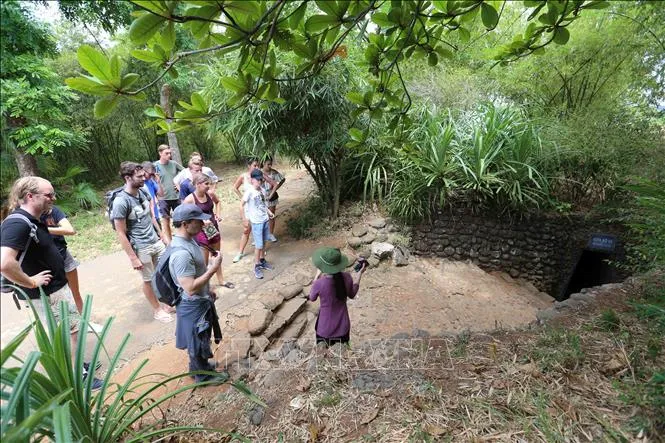
If you're interested in Vietnam’s history, visiting both the Cu Chi Tunnels and the Vinh Moc Tunnels is highly recommended. While each tunnel system was built in a different region and context, both reflect the incredible resilience, creativity, and determination of the Vietnamese people during times of war. The Cu Chi Tunnels represent the fierce guerrilla resistance in the South, while the Vinh Moc Tunnels tell the story of survival under relentless bombardment in the North and Central. Together, they offer visitors a deeper understanding of the country’s past - its struggles, sacrifices, and the unwavering spirit that shaped modern Vietnam.
Find out more travel ideas:
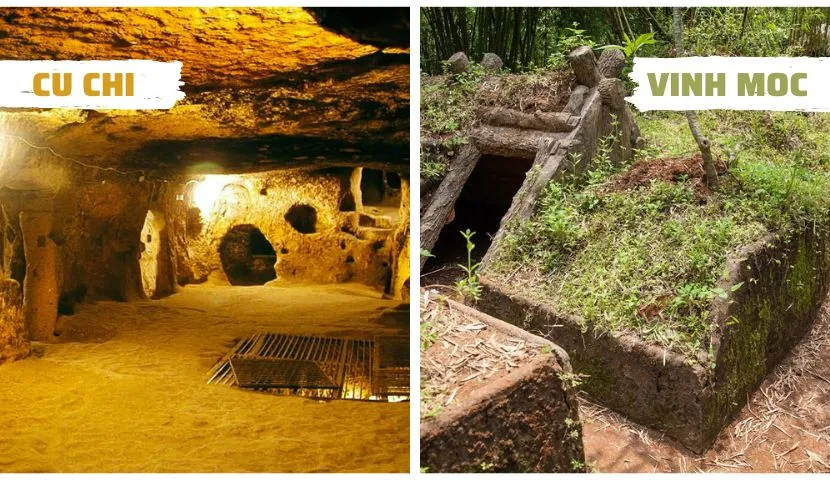







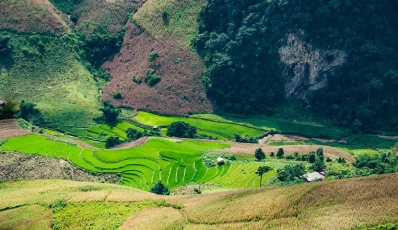
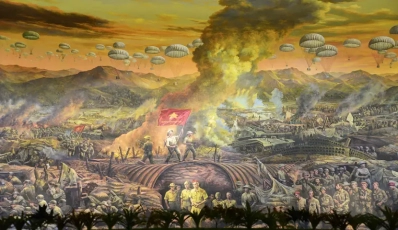
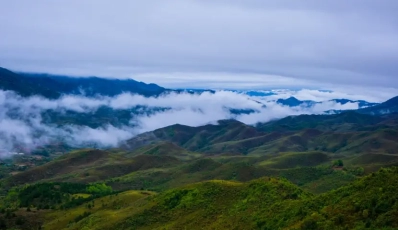
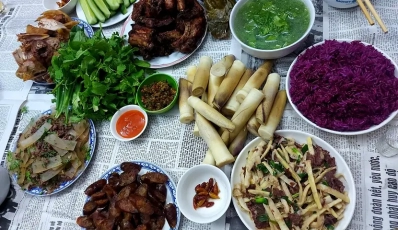
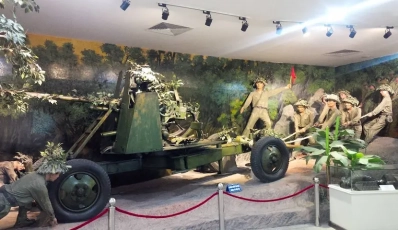
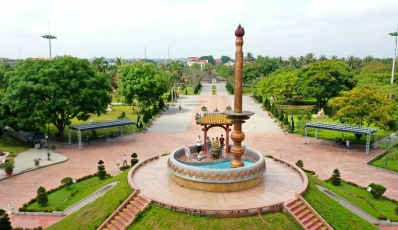
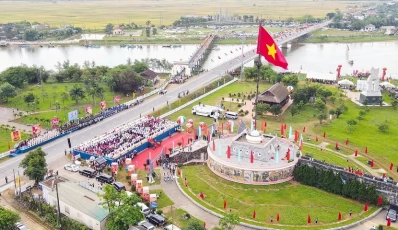
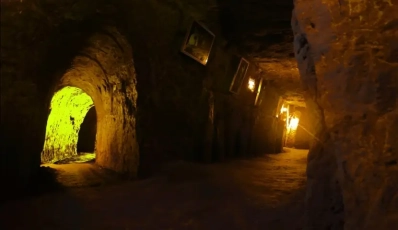
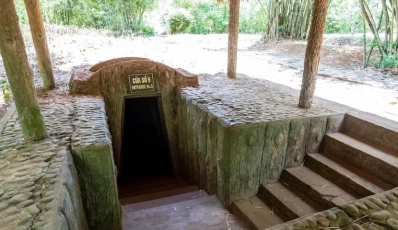

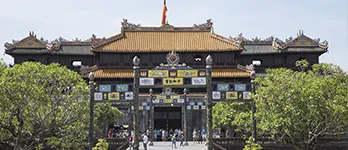
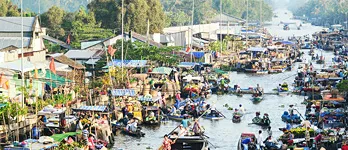

 TRAVELERS' CHOICE 2025
TRAVELERS' CHOICE 2025 